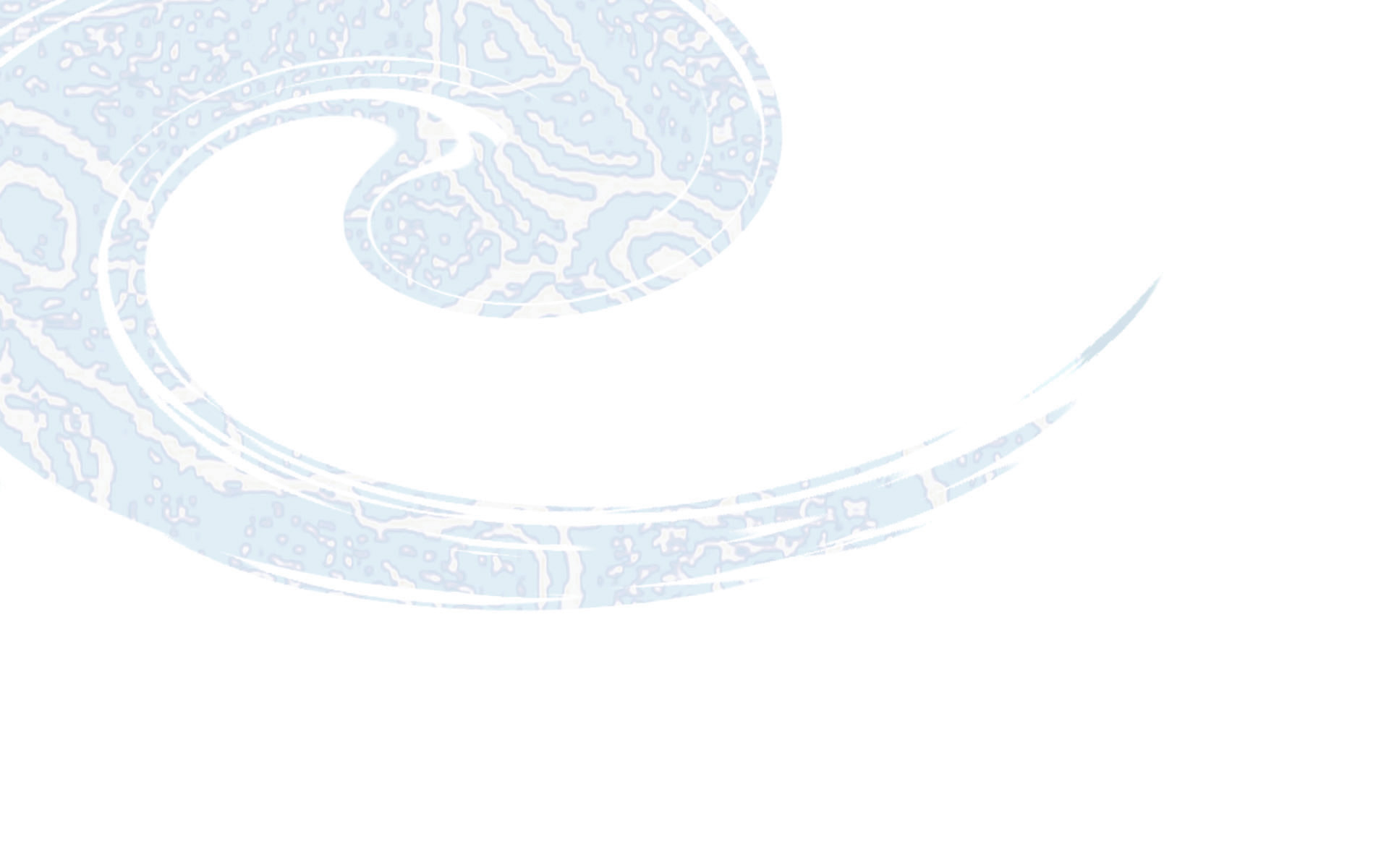With the efforts of Dr. Paul Leblond and Dr. Ed Bousfield, in searching archives, contacting news
publishers as well as Jim Wakelen, who had personally witnessed the carcass, here is a detailed
timeline of the short but active history of the Naden Harbour carcass.
Temporal History, 1937.
July 4. Slender 3.5 m carcass of unidentified aquatic prey animal removed by flensers from the fore
stomach of a large bull sperm whale harpooned 8-10 hours previously on the continental slope off
Langara I. On instructions from station manager F. S. Huband, the carcass was immediately placed on
a table and packing boxes that had been suitably prepared for photography with white cloth and white
board backgrounds. At least three black and white photographs were taken, presumably on "Brownie
box" cameras, from variously different angles and heights, at distances of about 8-10 ft. from the
carcass, by two different photographers (F. S. Huband, and G. V. Boorman, medical officer). No human
images are in these photos. Among the other staff witnesses are whaling captain Finn John, station
blacksmith James Wakelen and his father Cyril Wakelen, bookkeeper. Curatorial treatment of the
carcass was confirmed by eyewitness Jim Wakelen, that following photography the carcass was coiled
up and preserved in salt.
July 5-6. Carcass in transit aboard CPR ship, from Naden Harbour to the APWC (American Pacific
Whaling Company) winter headquarters at Bellevue, WA.
July 8 -22. Carcass, in tub of acetone, was placed on display, to general public, at the APWC
headquarters building at 9905 NE Lake Washington Boulevard in Bellevue.
July 23. Carcass transported by whaler from Bellevue dock to Canadian whaling substation in Victoria,
B. C., at the southeast end of the Pt. Ellis (Bay St.) bridge.
July 25. Francis Kermode, Director, RBC museum, examined specimen, presumably aboard the whale
boat. He declares the carcass to be that of a (fetal) baleen whale. Pronouncement is made to the press
(Victoria Colonist, July 25, 1937).
July 28. Dr. Ian McTaggart Cowan, RBCM vertebrate zoologist, returns to Victoria from field work in
Revelstoke B. C. to find: no carcass in museum collections, no entry in museum accession book, and no
mention of the episode by the Director (Kermode) to him.




